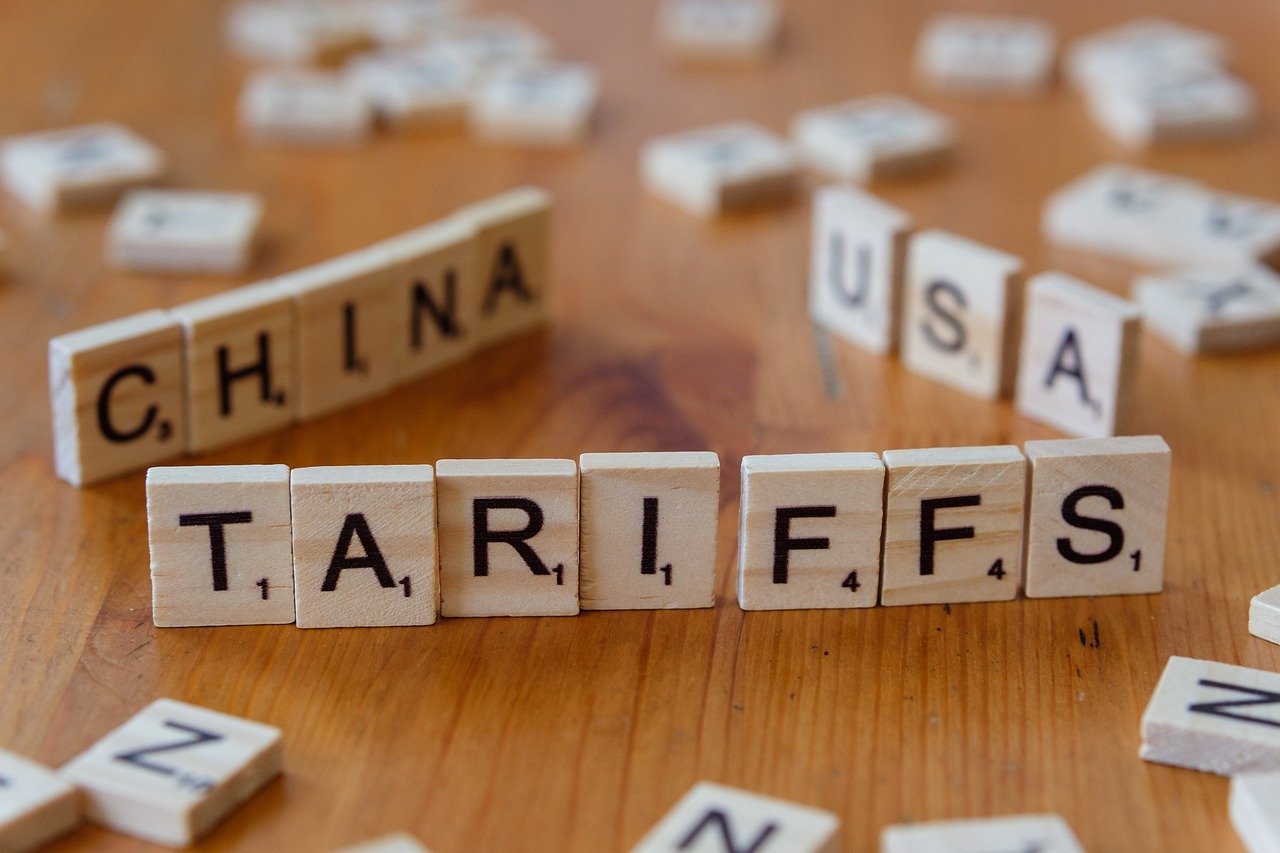
Now in 2025, the shifting landscape of geopolitics and trade policies presents both challenges and opportunities for business leaders. With the United States, China, and Germany collectively accounting for $7 trillion in exports, navigating the complexities of tariffs is more critical than ever. Uncertainty around trade policy timelines and the fluctuating nature of goods subject to tariffs underscores the importance of strategic planning over reactionary responses.
Analyzing Supply Chain Vulnerabilities
To thrive in this environment, businesses must develop resilience by adopting a proactive, risk-based approach. A detailed analysis of supply chain exposure is vital, requiring leaders to map first-, second-, and third-tier suppliers to identify vulnerabilities to tariffs and retaliatory measures. They must evaluate the geographic complexity of supply chains, including countries of origin and total landed costs, and conduct scenario planning to account for potential disruptions, cost increases, and manufacturers’ capacity to absorb added expenses. This analysis can also inform decisions about adjusting product mixes or rebalancing supply chains to mitigate risk.
The Impact of Tariffs on Canada
The U.S. has revealed a two-stage tariff plan targeting Canada and Mexico. The first phase, set to take effect as early as February 1, 2025, involves emergency tariffs linked to border security concerns, specifically regarding fentanyl trafficking. The second phase, planned for April 1, will include broader trade measures, particularly impacting dairy and auto manufacturing industries.
Howard Lutnick, U.S. President Donald Trump’s nominee for commerce secretary, outlined this approach during his Senate confirmation hearing. He emphasized that if Canada enforces stricter border measures and addresses U.S. concerns, the initial tariffs might be avoided. However, additional tariffs in the spring could target key Canadian industries, as Trump seeks to shift manufacturing jobs back to the U.S.
Diversifying Supply Chains
Diversifying supply chains can help reduce dependency on tariff-impacted regions. Leaders should investigate the feasibility and costs of switching suppliers, including potential subsidies or incentives in new markets, such as India’s “Make in India” initiative, while also assessing the ease of doing business in alternative regions to ensure a smooth transition. Such strategic shifts can open doors to new markets while safeguarding operations against future policy changes.
Understanding Consumer Demand
Understanding how tariffs impact consumer demand is essential for maintaining competitiveness. Businesses can analyze changes in market access and assess short-, medium-, and long-term demand shifts while examining whether suppliers can absorb tariff costs and the potential impact on pricing strategies. Evaluating consumer demand elasticity helps gauge the market’s response to cost increases, enabling businesses to adapt pricing strategies and explore new opportunities.
Conducting Regular Market Scans
Regularly reviewing the market landscape can uncover strategic opportunities. Leaders can analyze supplier exposure among competitors to understand their vulnerabilities and identify potential market shifts to position their companies as early movers. Proactive market scans can reveal competitive advantages and new growth areas.
Grounding Strategy in Long-Term Value
Given the unpredictability of trade policies, any adjustments to strategy must be grounded in long-term value creation. Leaders need to use robust data and analysis to support decisions, ensuring strategies are flexible enough to adapt to further changes in tariff policies. This disciplined approach minimizes risk and maximizes resilience.
Financial Mitigation Strategy
One leading accounting firm has suggested the areas below might each be able generate a 5% improvement to help mitigate the impact of tariffs:
- Weakening Canadian Dollar: help to reduce the US$ price impact
- Operational efficiencies and head office cost reductions
- Alternative sources of supply or collaboration with vendors and supply chain to reduce costs or share margin impact
- Working capital management
- Price increases where necessary
Stay tuned as we provide more updates as additional information and regulations come to the surface!
References
- McKinsey Insights on Tariffs
- Edmonton Journal Opinion on Tariffs
- CBC News: Trump’s Tariff Plans
- CFO Dive: Economic Impact of Tariffs
Hire a superstar part-time CFO
To help you increase cash, profit and valuation and free you up from the burden of day-to-day operations.
